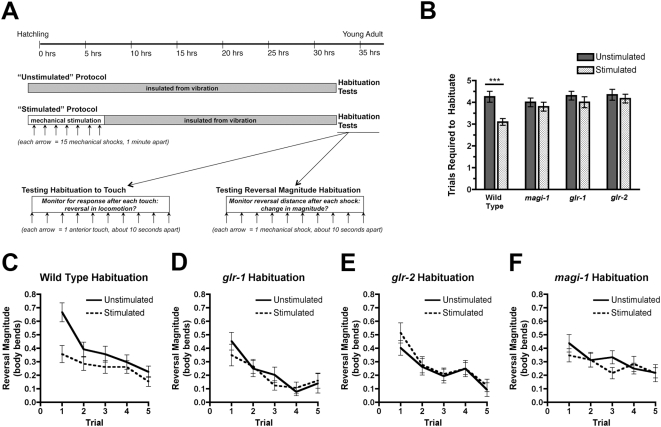Figure 7. MAGI-1L and GLR-2 are necessary for long-term memory in the touch circuit.
(A) Timeline for the stimulation protocol. (Top) Gray boxes indicate periods of vibration-free isolation, whereas the white box indicates a period of mechanostimulation. Each arrow indicates a set of 15 mechanical shocks delivered one minute apart. At the end of the protocol, animals are tested for habituation two ways: (lower Left) monitoring the number of touches (arrows) required before the animal begins to ignore the touch stimulus, and (lower right) monitoring the magnitude of the distance animals travel in reverse after individual, non-directional mechanical shocks (arrows) during a train of such shocks. (B) The mean number of trials required for animals (either previously stimulated or unstimulated) to habituate (i.e., fail to respond twice in a row to tap stimulation) during a train of mechanical stimulatory events is indicated. ***p<0.0001, Factorial ANOVA. (C–F) The mean magnitude of reversal (measured in body bends) in response to each mechanical shock, plotted out over a train of mechanical shocks, for (C) wild type, (D) glr-1 mutants, (E) glr-2 mutants, and (F) magi-1 mutants. A solid line indicates unstimulated animals, whereas a dashed line indicates stimulated animals. Error bars denote s.e.m. N = 20–30 for each genotype/condition.

